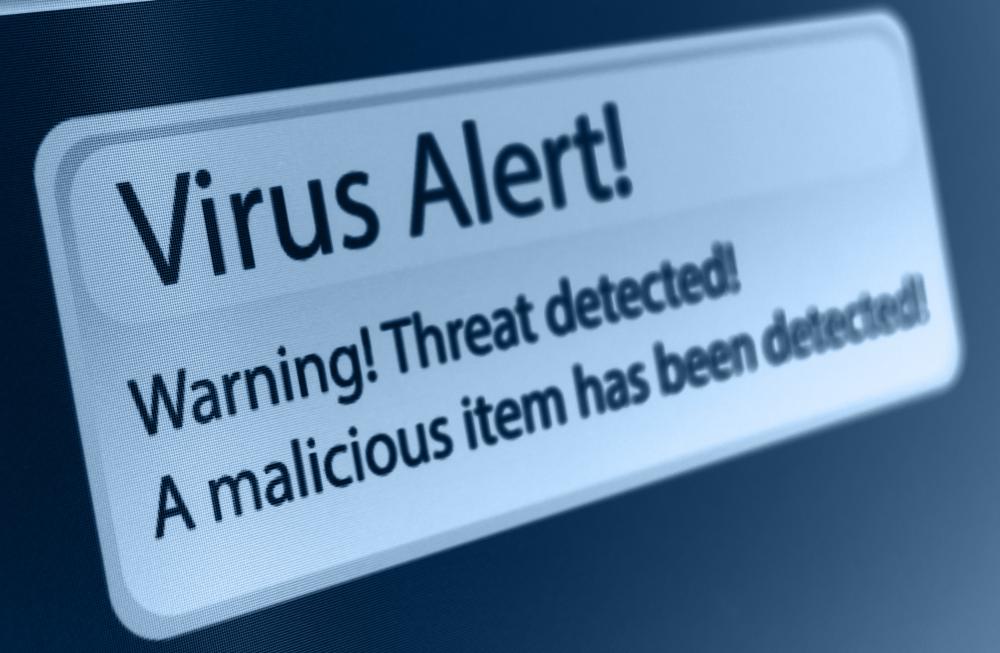At WiseGEEK, we're committed to delivering accurate, trustworthy information. Our expert-authored content is rigorously fact-checked and sourced from credible authorities. Discover how we uphold the highest standards in providing you with reliable knowledge.
What is Technology Risk Management?
Technology risk management most often refers to information technology risk management. It seeks to identify and address risk as it concerns technology failures and a breakdown in computer system security. This tool allows companies to address risk in their systems, whether it has to do with a small, localized installation or a comprehensive security analysis of a new computer system. Presently, the trend in technology risk management is to proactively protect systems against the very real threat of computer hacking.
Many factors must be assessed as part of a proper technology risk management program. The company's technical security policy must be judged to be sound and fully operable. Making sure that only people with the appropriate level of clearance have access to certain technological functions is also extremely important. Maintaining the system development life cycle by controlling either the creation of new systems or the upgrade of old ones is another key factor in this process.

In order for any information technology risk management system to thrive, it must adhere to regulatory compliance. Due to its rapid change and growth rate, technology is particularly subject to constant regulation and requires frequent updates to laws. A huge part of risk management is to make sure that the company follows all government regulations in the most efficient way possible.

Safeguarding systems against the threat of computer viruses and hacking is one way to enhance a company's technology risk management policy. Businesses have too much to lose if their system security is breached. Even a large, profitable company cannot afford to handle the fallout from an unfortunate event in this arena. Hacking and pirating has led to an increase in company vigilance on network policies and user authentication.
One of the most important steps in any risk management venture is to identify the gaps in security. Information should be classified as confidential, and controls should be consistently maintained to ensure adequacy. New releases or software updates are prone to security gaps and must be dealt with as soon as possible. It is usually the responsibility of the chief information officer and his or her team to spot, reduce, and eliminate any risks.
There are three primary methods to choose from when managing technological risk. A company can control internal processes and controls on its own. It can outsource the work to a remote team, or to qualified contractors. Finally, if the company has the funds, it can purchase insurance thereby transferring the risk to a third party.
AS FEATURED ON:
AS FEATURED ON:












Discuss this Article
Post your comments